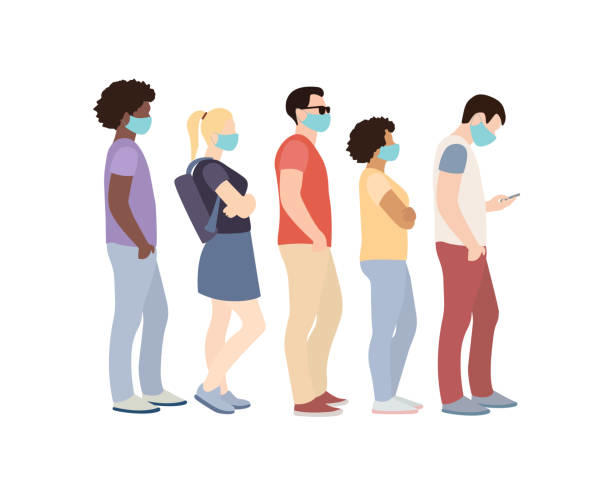Enter QLess: A queue management and appointment booking platform that uses virtual and automated queue technology to eliminate the need for physical lines and lengthy wait periods on campus.
“QLess is a blessing in disguise! We all know that confinement is very difficult, especially for our students, who are anxious and struggling to get help fast with offices no longer being physically accessible. QLess allows us to counter this obstacle using its queue and appointment functionality (in conjunction with MS Teams) to continue to offer first-rate service, at a distance,” says Katrine D’Arcy, Academic Services Coordinator at the Faculty of Engineering.
As part of a partnership between Information Technology, the Office of the Provost, and faculties, the software has been implemented for most undergraduate offices. Services (including the Library, Co-op, HR, Financial Aid, and recruitment offices) have also expressed great interest and excitement around the implementation of the platform.
QLess offers a number of benefits over other solutions. Akram Mustafa, Information Technology Application Manager, says that “QLess has a lot of features – if you want more complex interactions, QLess is more powerful. QLess lets us build reports on average wait time, the amount of people we serve, metrics you might not get with other software.”
“At first, [the software] was implemented to manage physical queues in faculties and undergraduate studies offices. We don’t have those in-person queues at the moment, so the focus shifted to virtual queues. The key is to work closely together,” says Véronic Tardif, Manager, University Experience at the Office of the Provost. “We included the faculties in all steps of the process. We built the business requirements with them to really understand what their needs were. Right now, we have the undergraduate offices involved – we hope to expand to graduate offices this winter, and to other services in the spring or summer.”
Solutions like QLess facilitate our goal to be more agile by enhancing the student experience and increasing administrative efficiencies. Faculties are seeing the long-term benefits of keeping both a virtual wait line and physical line in the future.
“We have received a lot of positive feedback from students because the experience is so pleasant. The tool gives them more control in managing appointments and transparency for queue wait times,” adds Katrine. “They especially like the fact that they can wait anywhere, instead of being glued to a chair or standing in a hallway. They’re happy that we have found a system that allows us to meet them virtually – and we are too!”
